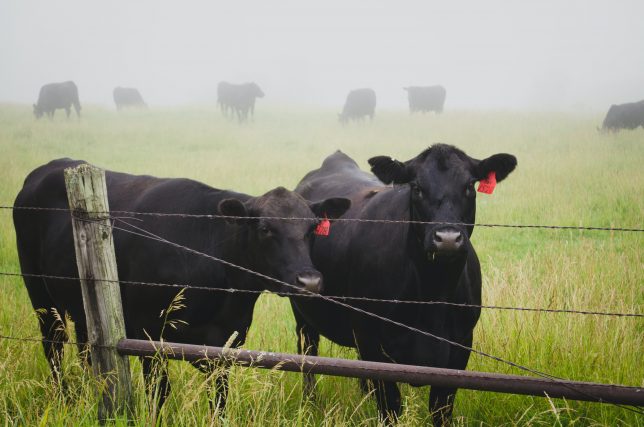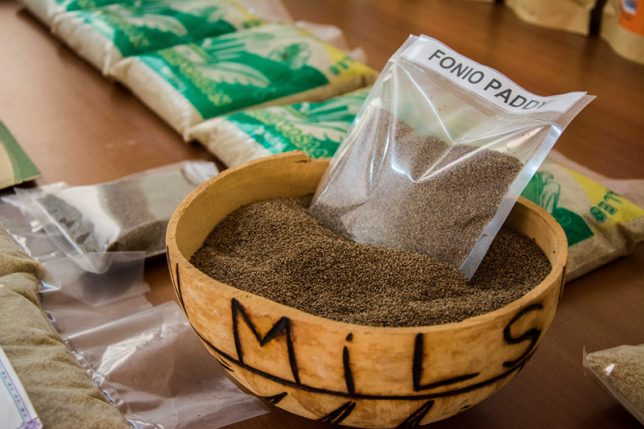
Transform UK farmland to boost food resilience and tackle nature crisis, says WWF.
By, Brendan Montague, The Ecologist (Creative Commons 4.0)
Half of the UK’s wheat harvest each year – equivalent to 11 billion loaves of bread – is being used to feed livestock in an “inherently inefficient” process that is fuelling climate change, a WWF report reveals.
The report shows the extent of farmland used to grow crops that are being used to feed animals instead of people. It explores the benefits for people, climate and nature of using more of the UK’s arable land to grow crops for human consumption instead, such as addressing the climate and nature crises and boosting the UK’s food resilience.
The latest report in WWF’s Future of Feed series highlights the fact that dairy and meat products provide only 32 percent of calories consumed in the UK and less than half of protein despite livestock and their feed making up 85 percent of the country’s agricultural land use.
Habitats
Growing crops like cereals to feed farm animals accounts for a significant proportion of this land-use footprint, according to the analysis in the report.
Wheat and barley grown to feed farmed animals in the UK using 2 million hectares of land – 40 percent of the UK’s arable land area.
Wheat grown in the UK each year to feed livestock – mostly chickens and pigs – makes up half of our annual wheat harvest and would be enough to produce nearly 11 billion loaves of bread.
Oats grown in the UK to feed livestock each year make up a third of our annual oat harvest and would be enough to produce nearly 6 billion bowls of porridge.
The UK imports large quantities of soy to feed pigs and poultry, fuelling the destruction of precious habitats overseas, like the Brazilian Cerrado.
Affordable
Replacing animal feeds like soy and cereal with alternatives like grass, by-products from the food supply chain, and innovative feed ingredients such as insect meal, would free up land to grow food for people, including high-value crops like fruits, vegetables, and nuts, and could be at the heart of a transition to nature-friendly regenerative agriculture.
The report recognises that this approach to feeding farm animals would necessitate a reduction in the overall numbers of livestock in the UK.
Kate Norgrove, executive director of advocacy and campaigns at WWF said: “We can’t afford to stay locked into a food system that’s not fit for purpose, with food prices soaring.
“Far too much of the food we eat is produced in ways that are fuelling the climate crisis and driving catastrophic nature loss, yet failing to deliver affordable, healthy food for all.
Biodiversity
“To make our food system truly shock-resistant we need to accelerate a shift to sustainable production, including rethinking the way we are using huge quantities of the UK’s most productive land to grow food for livestock instead of people.
She added: “UK governments can future-proof our food and bring huge benefits for nature and climate at the same time by ramping up support for farmers to transform our landscapes, making space for nature in farms and forests, fields and fens.”
Focusing purely on the carbon footprint of food production risks fuelling agricultural intensification and masking other negative environmental impacts, like pollution from the slurry or land conversion for feed production in chicken farming, which can have a low carbon footprint in comparison with pasture-fed beef, the report states.
It also highlights the importance of looking at a wider range of measures to evaluate the environmental impact of all aspects of food production, taking account of pressures on land, water, and biodiversity before drawing conclusions.

